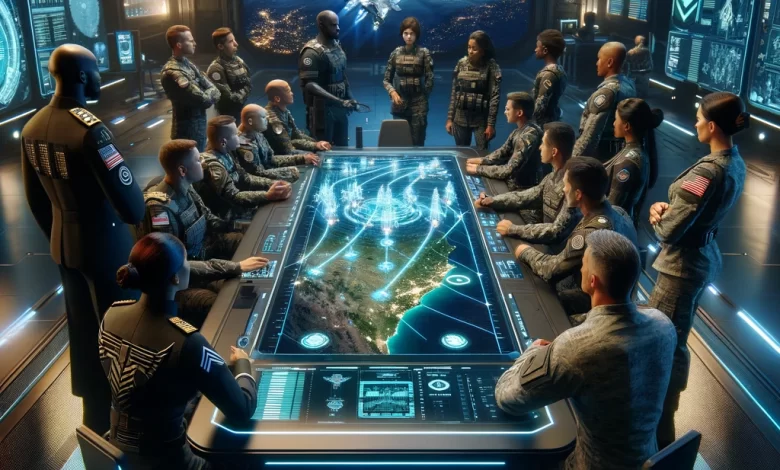AI
Artificial Intelligence for Nuclear Deterrence Strategy — Global Security Review

The document “Artificial Intelligence for Nuclear Deterrence Strategy 2023” outlines the Advanced Simulation and Computing (ASC) program’s strategy to integrate artificial intelligence (AI) and machine learning (ML) into the U.S. nuclear deterrence mission. Here are the key points:
- Foreword and Executive Summary:
- The ASC program has utilized high-performance computing for nearly three decades to support U.S. nuclear deterrence following the 1992 ban on underground nuclear testing.
- The integration of AI technologies aims to accelerate problem-solving for national security challenges.
- The strategy emphasizes combining AI with existing modeling and simulation capabilities to enhance the U.S. Stockpile Stewardship Program.
- AI4ND Strategy Objectives:
- Apply AI methods to nuclear security missions, focusing on design, production, and analysis.
- Develop ML tools to function with limited data and stringent accuracy requirements.
- Create scalable and secure data infrastructures to support ML applications.
- Foster a data-driven workforce by investing in training and developing expertise in AI and ML.
- Motivations for AI in Nuclear Deterrence:
- AI can reduce time for material discovery, model development, manufacturing, and maintenance.
- AI/ML technologies promise to enhance the efficiency and responsiveness of the nuclear weapons lifecycle, including discovery, design optimization, manufacturing, certification, and maintenance.
- Enabling Capabilities and Investment Areas:
- Physics-Informed Machine Learning (PIML): Embedding physical constraints in ML models to ensure accuracy and speed in simulations.
- Limited and Sparse Data Sets: Developing methods to work with limited experimental data and augmenting it with simulations.
- Verification, Validation, Uncertainty Qualification, and AI Trustworthiness: Ensuring AI models are reliable and explainable, integrating existing verification practices.
- Data Infrastructure: Investing in performant data storage, federated data environments, and flexible data access interfaces.
- Machine Learning Architectures and Systems: Developing high-performance ML systems integrated with existing HPC platforms.
- Workforce, Collaborations, and Partnerships:
- Establishing partnerships with industry, academia, and other U.S. government agencies to leverage external advancements in AI/ML.
- Developing international collaborations with similar programs in France, the UK, and Japan.
- Building a capable workforce through training programs and collaboration with universities.
- Conclusion:
- The successful execution of this AI4ND strategy will enhance the ASC program’s ability to meet national security needs, increase efficiency, and attract specialized talent.
- Collaboration with academia, industry, and other government agencies is crucial to achieving these goals.
The document emphasizes the transformative potential of AI in ensuring a secure and reliable nuclear deterrent through strategic investments in technology, data infrastructure, and workforce development. Get the report.



